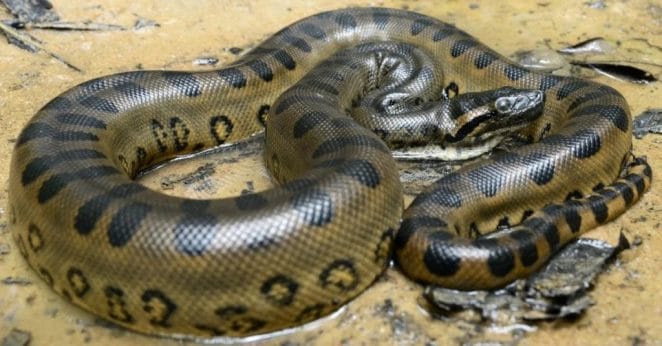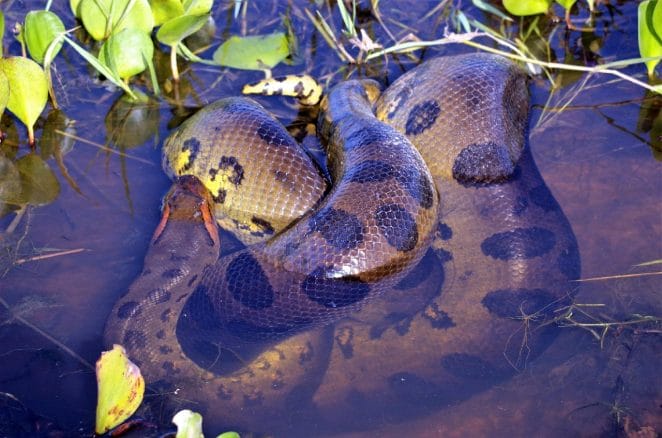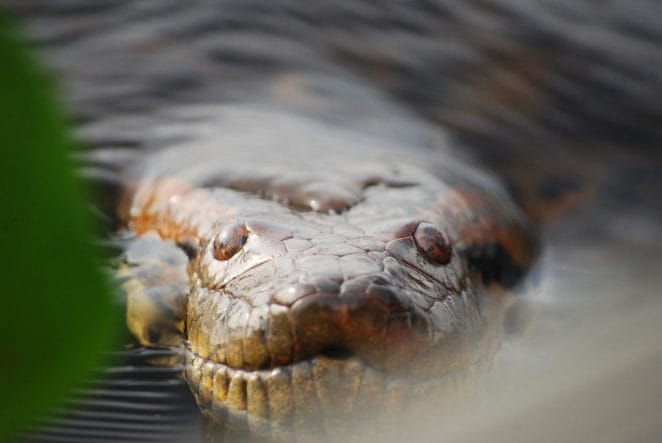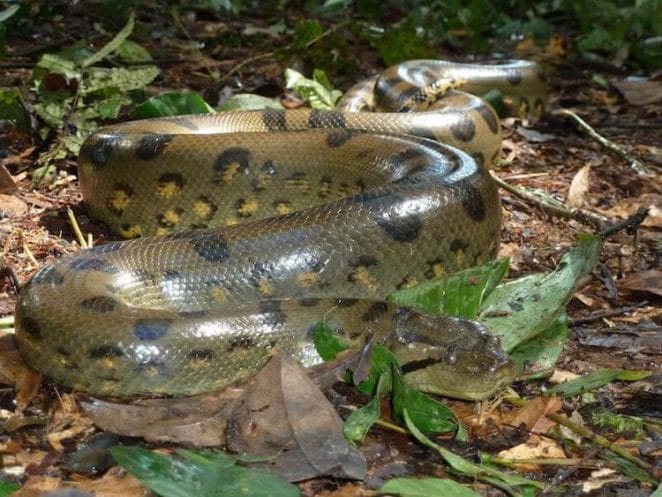Snakes are a diversified group of reptiles found on every continent with the exception of Antarctica. Snakes exist in a variety of shapes and sizes, and they are either nonvenomous or venomous. Snakes also serve an important role in the ecology by controlling rodent and insect populations.

Largest Snakes in the World
Green anacondas, which may grow to be about 30 feet long and weigh over 500 pounds, are the world’s largest snakes in terms of length to weight ratio. Anacondas live in the tropical rainforests of the Amazon and Orinoco basins. They make their homes in slow-moving streams, swamps, and marshes.



Did You Know?
- The heaviest snake in the world is the green anaconda. A 5.2-meter anaconda would likely weigh around the same as a 7.3-meter reticulated python.
- The green anaconda, often known as the giant anaconda, is a non-venomous snake that does not bite. Instead, it suffocates or drowns its prey, killing it as a result of its action.
- Anacondas can continue for weeks or months without eating after consuming a large meal because to their slow metabolism.
- During mating, numerous competing males form a breeding ball around a single female that can continue for up to four weeks.
- At any given time, female anacondas can have between two and three dozen live young. It is approximately 2 feet long when a newborn snake is born and is capable of swimming and hunting almost immediately.
- It is possible to have facultative parthenogenesis when there are no male anacondas available to produce children. A female green anaconda at West Midlands Safari Park gave birth to three young on August 12, 2014. The female anaconda was kept with another female anaconda at the time of the birth.
- The largest confirmed green anaconda in captivity was a specimen maintained at the Pittsburgh Zoo and PPG Aquarium in Pittsburgh, Pennsylvania, which reached a length of 6.27 metres (20.6 feet) before dying on July 20, 1960. This specimen weighed 91 kg when it was 5.94 m (19.5 ft) long (201 lb).
- Anacondas are renowned as “man-eaters.” However, none of these stories have been validated. An anaconda could theoretically eat a human. Anacondas have been documented to devour white-tailed deer, which weigh approximately 120 lbs (54 kg), making it logical to suppose they might eat a human.
- Anacondas are featured in horror literature and cinema, frequently being quite large and able to swallow adults. Among the most popular are Anaconda (1997), and its four sequels.
Sources:Wikipedia, Wikipedia, Live Science, The Natural History Museum





GIPHY App Key not set. Please check settings